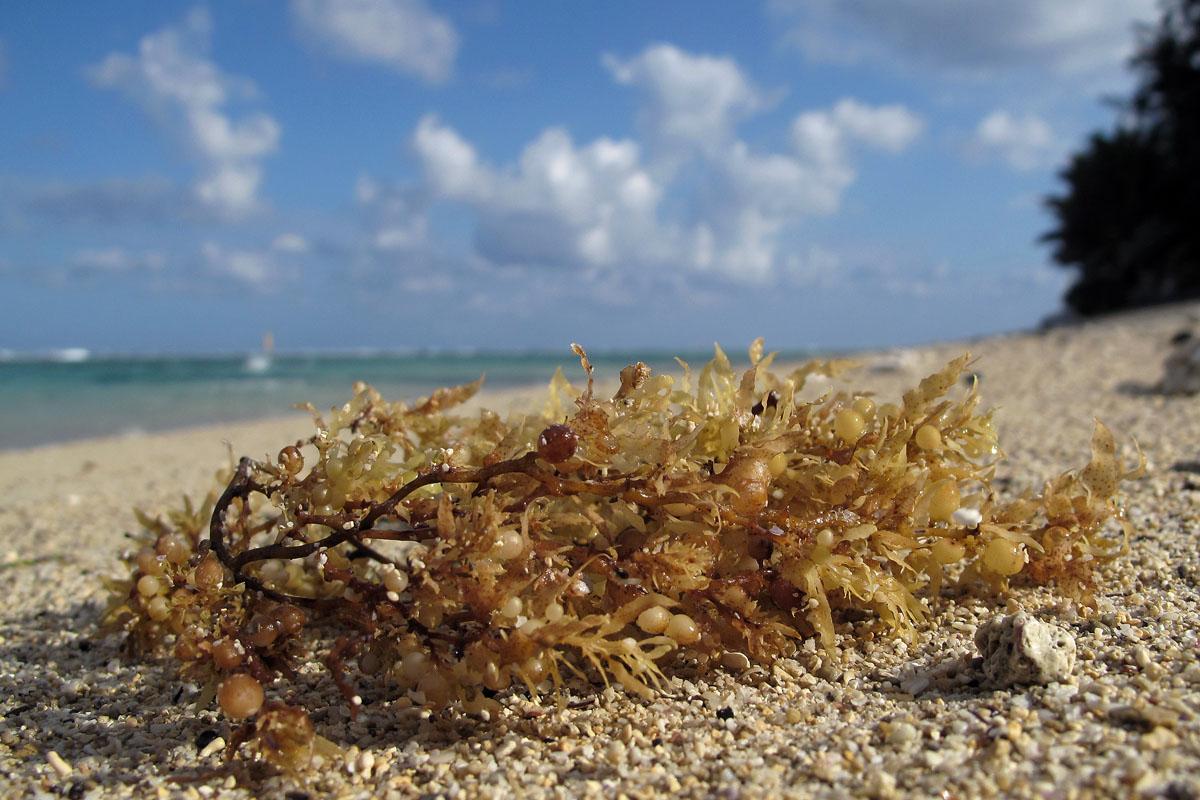Y: Hey Don, have you heard of the enormous bloom of Sargassum seaweed in the north Atlantic?
D: Sargassum in the Atlantic Ocean is nothing new, Yaël. Christopher Columbus discovered floating mats of Sargassum in the northwestern Atlantic in the fifteenth century. These mats are an important part of the Atlantic ecosystem. They are hot spots of biodiversity, hosting fish, shrimp, crabs, birds, turtles, and dolphins.
Y: Yes, but something is changing. Since 2011 NASA satellite imagery shows that the annual bloom of Sargassumhas gotten dramatically bigger. In the summer of 2018 mats of Sargassum extended more than five thousand miles in a Great Atlantic Sargassum Belt from western Africa to the Caribbean. This is the largest bloom of seaweed scientists have ever seen.
D: Is this great Sargassum belt causing harm?
Y: Yes. It is wreaking ecological and economic havoc along coastlines in the tropical Atlantic, the Caribbean Sea, and the Gulf of Mexico. Vast quantities of the seaweed wash ashore and rot, releasing fowl-smelling hydrogen sulfide gas. While the usual patchy distribution of Sargassum mats benefits sea creatures, too much Sargassum, especially in coastal areas, makes it hard for them to move and breathe. When it dies and sinks it smothers coral and sea grass.
D: That does sound awful. Do scientists know what caused the change?
Y: A 2019 study identified increased nutrient runoff due to deforestation and fertilizer use in the Amazon river basin as one cause. Change in rainfall and ocean circulation due to human-caused global climate change is likely another.
D: So, this is yet another facet of our growing environmental crisis.









